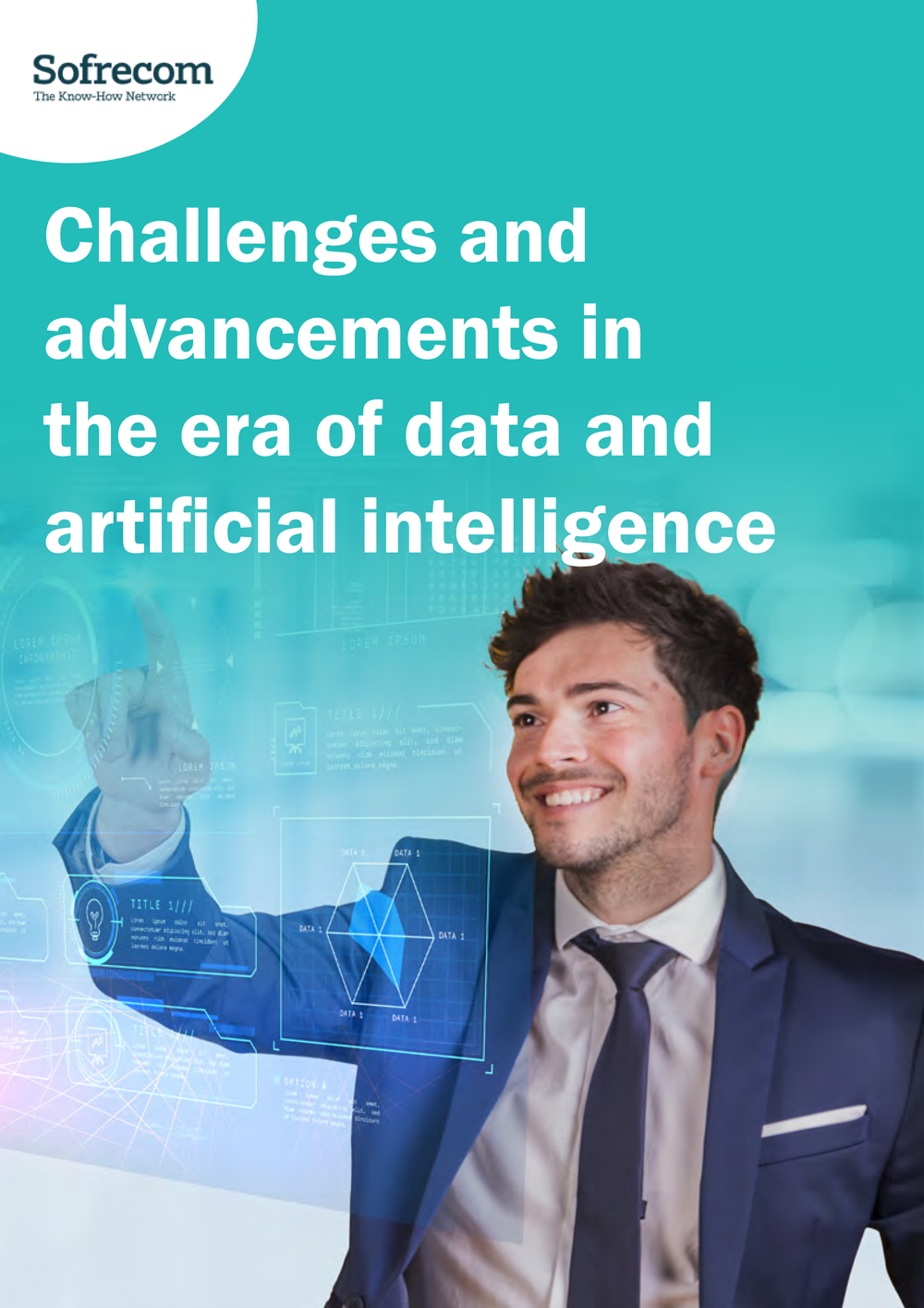
Efforts to reduce the carbon footprint of ICT, especially through data centers, are gaining momentum as major tech companies move towards greener energy sources to cope with increasing consumption

David Erlich, Consulting Director at Sofrecom, granted Telecom Review an exclusive interview and discussed the increasing awareness and efforts to estimate and mitigate the carbon footprint of Information and Communication Technologies (ICT), with a specific focus on data centers. He highlighted the methodologies used to assess carbon footprints, the significant energy consumption by data centers, driven primarily by server growth and cryptocurrency mining, and the shift towards greener energy sources by major ICT players.
Methodologies and Current Understanding
During the last years, a lot of initiatives have been taken to estimate the carbon footprint of Information and Communication Technologies (ICT). Starting from academics and Green think tanks, it is now endorsed by International Telecommunication Union or International Energy Agency. All methodologies follow a similar path. On one hand we identify the devices (smartphones, modem/ boxes and sometimes connected TVs, IOT sensors, etc…), on the other hand we identify the infrastructure which includes telecom networks and data centers. The number and the nature of devices is well known, as it is reported by manufacturers and distributors. The energy spent by telecom operators is also included in their corporate reporting. However, data center impact still remains an area of investigation because it is not consolidated by the industry.
Data Center Energy Consumption Statistics
In 2018, the think tank "The Shift Project" approximated that data centers comprised 19% of the final energy consumption in the digital sector, a proportion projected to remain relatively stable in 2022. By consolidating various estimates, it can be suggested that data centers consumed nearly 450 TWh in 2021, with enterprises utilizing 260 TWh, the main GAFAMs consuming 70 TWh, and cryptocurrency mining (predominantly bitcoin) accounting for 120 TWh.
Business Use and Efficiency Gains
Data centers are predominantly utilized by businesses, with the Cisco Cloud Index estimating in 2016 that B2B accounted for 75% of computing instances. The primary consumption driver is the annual installation of servers in data centers. 80% of a data center's electricity used to power and cool these servers. Initially, The Shift Project forecasted a surge in data center consumption (since revised), yet this did not materialize for several reasons. The primary driver was not data growth (+600% between 2015 and 2022, propelled by streaming), but server growth (+30% annual shipment between 2015 and 2022). The transition to cloud services generated optimization by replacing poorly optimized dedicated servers with more efficient shared infrastructures, leading to an increased use of large data centers operated by Hyperscalers (Amazon Web Services, Microsoft Azure, Google Cloud Platform,…).
Carbon Footprint and Future Trends
On the downside, the period between 2015 and 2021 witnessed a significant increase in the use of computing capacity for cryptocurrency mining, starting from less than 5% of data center consumption in 2015 to nearly 25% in 2022. From a carbon footprint standpoint, the energy used by data centers appears greener. The majority of currency mining has shifted out of to China, which has a carbon-intensive electricity supply, to new mining hotspots like the US. Hyperscalers are initiating greener electricity projects. Amazon, Microsoft, Meta, and Google are the four largest corporate purchasers of Power Purchase Agreements (PPA) for renewable energy. The move to Hyperscalers has protected the digital world from an emission explosion.
Potential Future Influences and Emission Considerations
Examining potential influencing factors for the 2024-2030 period, Enterprises seem to remain the primary driver of end demand, with digitalization now self-sustaining. Generative AI may constitute a significant weight, particularly if companies endeavor to develop their own models. Data training is an expensive process, costing around 10 GWh for a model like GPT4. In the domestic sphere, AI is transitioning to the terminal level (with dedicated chips). As the public's digital time is already well-utilized by social networks and streaming, it's challenging to identify significant growth drivers beyond the global catch-up of usage in certain emerging countries. More energy-intensive practices such as cloud gaming and the metaverse have yet to capture a mass market. The asymptote of the migration to hyperscale infrastructures remains uncertain (we may already be well over 50%). It is not granted that the productivity gains of 2015-2020 will be replicated for 2020-2025. The evolution of energy-intensive cryptocurrency mining is still a significant question, with Bitcoin's recent value resurgence (nearly tripling in one year as of March 2024) not being the most encouraging signal.
ICT Emissions and Future Outlook
Other IT emission categories include consumer terminals and telecoms operators' networks. The number of TVs, PCs, and smartphones sold has been stagnant for several years and is not expected to surge. Telecoms operators' networks have seen low growth in power consumption despite the high volume of data transported. They will keep a tight control of their energy spending (a significant share of their OPEX) in a context of price volatility. These considerations suggest that the share of data centers in the digital energy mix is likely to increase over the next few years. From an emission perspective, all ICT actors will strive to buy greener electricity, but probably not offsetting energy growth. In other words, ICT emissions might keep growing.






